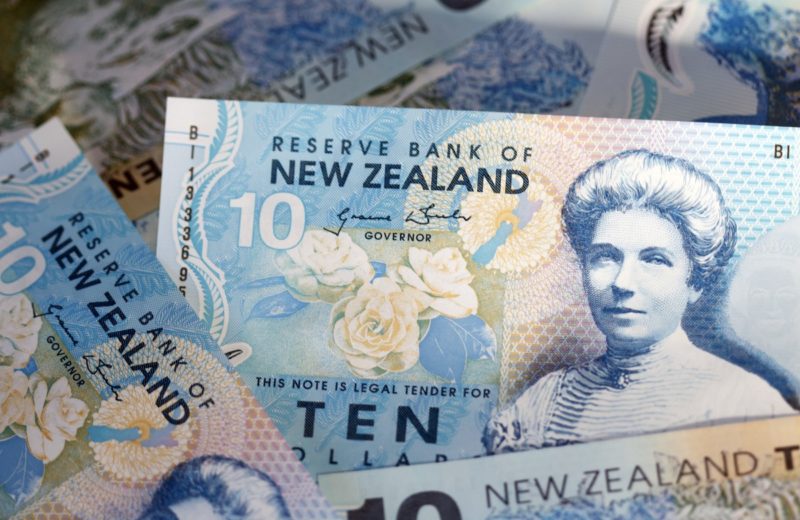Per dollar, the yen traded only modestly stronger at 110.82. The dollar was a touch weaker at 99.321 against a basket of currencies. There is not much good news concerning the virus. Thus, few expect that the dollar will give back too much of its recent gains.
Shinzo Abe is Japan’s Prime Minister. On Tuesday, he announced that the clusters of cases had emerged there. Thus, he added that the government would take stronger steps to fight contagion. It gave Asian investors another reason for staying cool on the yen.
Meanwhile, China reported a rise in the new coronavirus cases in Hubei province. Province of Hubei is the epicenter of the outbreak. Despite that fact, the rest of the country saw a fourth-straight day of declines.
Virus
In Asia, outside China, South Korea has the most cases of the virus. On Thursday, South Korea reported 60 new cases. Thus, the total number of infected patients increased and is indicating 893. It left few to expect the region’s currencies to do more than hold steady for now.
ANZ analysts said in a note that despite the Aussie/dollar holing up overnight, they see the balance of risks to the downside.
So far this year, that could add to the dollar’s 5.7% against the Australian dollar.
As easing expectations stall dollar, Asian currencies arrest slide. The virus is spreading beyond China. Thus, it drives Fed rate repricing. Not a hike, cut now expected in 2020. Dollar pauses gains against Asian currencies.
China has almost all cases of virus infections. Nevertheless, there are sharp rises in South Korea, Italy, and Iran. It sent markets into a tailspin on Monday.
The United States bond yields plunged amid the turmoil; thus, expectations of rate hikes in the United States have vanished.
Rodrigo Catril is a senior Forex strategist at the National Australia Bank of Sidney. He says that the situation is theatrical.
Check the best Broker Reviews














